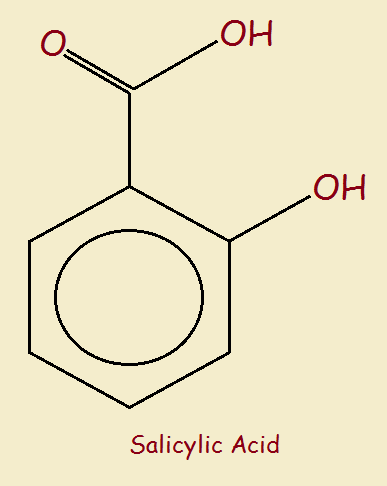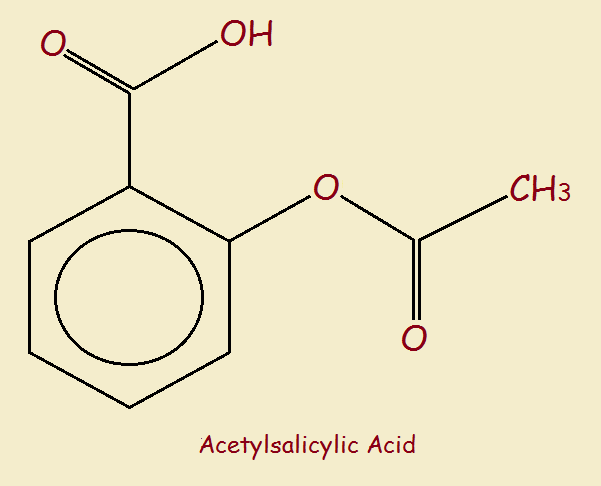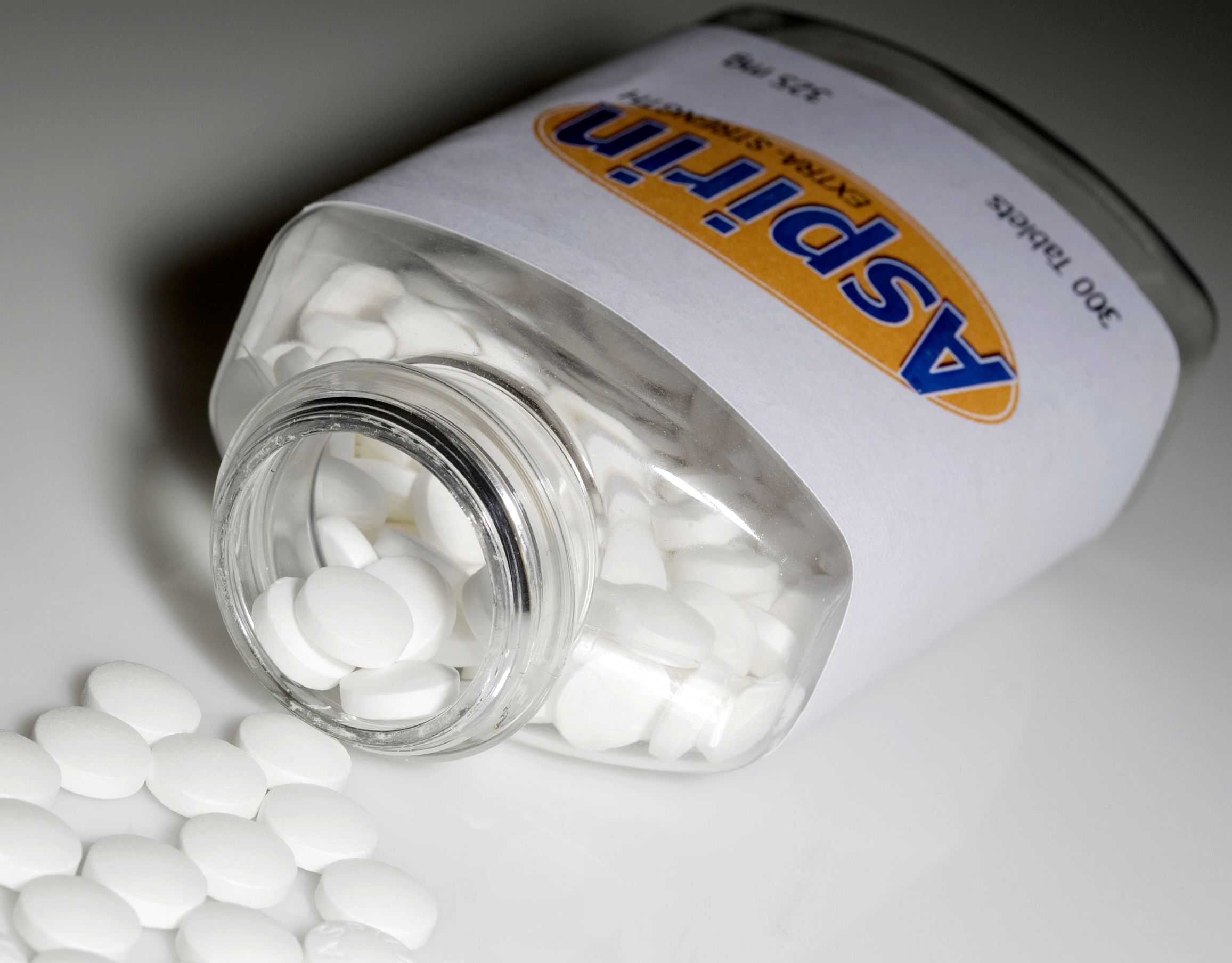In the mid 1900s, the pain killer of choice was plain aspirin AKA acetylsalicylic acid. Today, there is a host of pain killing choices. These depend upon the nature of the pain as well as the health issues of the patient. How does the laboratory relate to aspirin history?
It was First
Although during the 1950s and 1960s, other painkillers (most notably acetaminophen and ibuprofen) made a dramatic entrance into the pain killer market, aspirin was first. Here is the story.
From ancient times, it was known the bark of the willow tree (rich in salicylates) possessed special properties. A tea made from this bark was useful in fighting fever. It also aided in reducing inflammation and pain. Simple salicylic acid has the structural formula,
(HO-C6H4-COOH)
 Aspirin History: the Laboratory
Aspirin History: the Laboratory
In 1853, chemist C.F. Gerhardt first prepared acetyl salicylic acid by combining acetyl chloride and sodium salicylate. The overall reaction is:
CH3COCl + HO-C6H4-COO–Na+ → NaCl + CH3COO-C6H4-COOH
 Chemist Felix Hoffmann, employed by Bayer, a company that once specialized in dyes, is generally credited with producing a stable form of acetyl salicylic acid in 1897. It was first marketed as Aspirin®, a company, rather than a chemical name.
Chemist Felix Hoffmann, employed by Bayer, a company that once specialized in dyes, is generally credited with producing a stable form of acetyl salicylic acid in 1897. It was first marketed as Aspirin®, a company, rather than a chemical name.
Making a Comeback
Although other pain killers began stripping away much of the market, acetyl salicylic acid later earned a reputation as a blood thinner, well suited in preventing certain kinds of heart attacks. The renewed interest in aspirin enabled the company, founded in 1863, to continue to prosper 150 years later. Sometimes simpler is better.
It remains to be seen even now what further, future, applications there will be for the simple substance acetyl salicylic acid.
Note: You might also enjoy Orange Oranges is an Historic Controversy
References:
- Bayer Aspirin: Homepage
- American Heart Association: What are Anticoagulants and Antiplatelet Agents?


Aspirin would be hundreds of dollars a pill if one could patent it. Salicylic acid is also a plant hormone that helps plants cope with stress and disease much like us.
While I strongly doubt hundreds of dollars a pill, certainly providers would boost it way beyond what it currently costs. We live in a greedy society. A truly strange principle of economics might also make it more popular, believe it or not. Ever heard of Giffens Paradox? https://www.quirkyscience.com/giffens-paradox/
Interestingly, aspirin is not the only salicylate derivative used as an analgesic (pain remover). Applied to the skin, wintergreen (methyl salicylate) can be used to lessen some forms of pain.